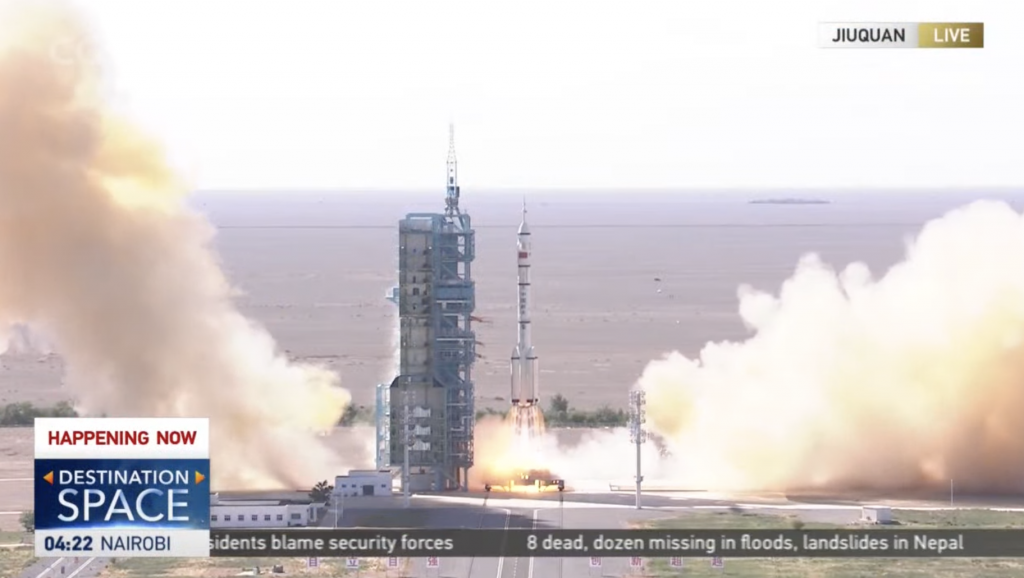We keep on saying this but the point keeps being driven home: China has its eye on space in a big way. The latest — the country’s Tianhe space station core is set to receive its first three astronauts, thanks to the successful launch of one of China’s Long March 2F rockets on 16 July.
The rocket took off from the Jiuquan Satellite Launch Center yesterday, its Shenzhou-12 capsule carrying astronauts Nie Haisheng, Liu Boming, and Tang Hongbo into space. They will spend three months onboard Tianhe, which forms the basis for the country’s ambitious Tiangong space station.
Tianhe steps for mankind?
Their mission is to get the space station online and ready for the next few launches. Construction will take eleven missions in total to complete, of which this is the third. First was the launch of the 22.5-tonne main module, then a robotic mission that dropped off more than six tonnes of supplies. Two more modules will be flown up, and there are three robotic and three more crewed missions planned before the end of 2022.
Tiangong is the successor to Tiangong-1 and Tiangong-2, which are designated as space laboratories rather than stations (and which aren’t in orbit anymore). This one’s set to eventually weigh in at 70 tonnes and will conduct scientific experiments as well as play host to the country’s Xuntian space telescope.
China isn’t permitted to play with the countries making up the International Space Station, which is partly why it has gone and built its own one. The country, however, does intend to collaborate with some other countries. Russia is a likely participant and, the BBC reports, some scientific experiments onboard Tianhe will be done in cooperation with Norway. America, the UK and Japan, though, probably aren’t invited.




